2020 Nissan Sentra Review: Big Car Feel, Small Car Price

Nissan was one of the last to offer it, in the form of a de-contented Versa. It was a transportation device, a stripper model bereft of creature comforts. This sub-$10k wonder offered that headline price and … not much else. As it turns out, most buyers don’t want that.
The spectre of that bargain-basement approach lived on in the last Sentra. Nissan may have offered it in a higher-performance Nismo version, but the majority were gawky-looking regular models. It couldn’t match the competition in looks, content, or ride and handling.
SEE ALSO: 2021 Nissan Rogue Review: First DriveInstead of throwing in the towel, Nissan has reimagined the Sentra. With crossovers now being the market’s main attraction, the brand’s best-selling car can afford to get a little sexier, with a svelte new look that doesn’t prioritize interior dimensions over all else. What we have here with this eighth-generation Sentra is a contender, a smooth-riding (and -looking) compact sedan that still offers great value-for-money without feeling cheap.
Stylin’ on you
For 2020 the Sentra has swapped out its snooze-fest styling for a sleeker look. A lot of the credit goes not to the Nissan family styling, clean as it is, but the altered proportions of this compact sedan. It’s a squidge longer, but more importantly, Nissan’s chopped the roof by two inches and widened the car by around the same amount. It does wonders for the Sentra’s stance, from that low, V-Motion grille to my tester’s contrasting black roof. The SR trim also includes suitably sporty-looking 18-inch wheels.
SEE ALSO: 2020 Honda Civic vs 2020 Toyota Corolla ComparisonIn the compact class, I’d rate the new Sentra at least as visually appealing as the Toyota Corolla, and better than the aging Honda Civic. It can’t quite match the elegance of the Mazda3, and it isn’t as eye-catching as the angular new Hyundai Elantra—though that could be a good thing for conservative buyers. No matter: it’s handsome, and a huge leap forward.
FAST FACTS
| Engine: | 2.0L I4 |
| Output: | 149 hp, 146 lb-ft |
| Transmission: | CVT, FWD |
| US fuel economy (MPG): | 28/37/32 |
| CAN fuel economy (L/100KM): | 8.2/6.2/7.3 |
| Starting Price (USD): | $20,235 (inc. dest.) |
| As-Tested Price (USD): | $25,340 (inc. dest.) |
| Starting Price (CAD): | $20,468 (inc. dest.) |
| As-Tested Price (CAD): | $28,003 (inc. dest.) |
The positive vibes continue inside. My tester doesn’t have the standout quilted tan leather interior, but even in the safer black leatherette, it’s a good place to be. The contrast stitching perks things up nicely, and the flat-bottom steering wheel has a good thickness to it. Three circular vents handle most of the heavy lifting with the dual-zone climate control, standard on this top-rung spec. Flashes of faux carbon fiber suggest a level of sportiness, but a) they won’t fool you and b) that’s not the Sentra’s MO.
I can’t understand why the cupholders are square, though. That’s my biggest complaint with the interior layout. The overhead sunglasses storage also developed an annoying rattle early on in the week, though it faded away just as mysteriously the day before I returned the Sentra.
Those sharp exterior lines don’t eat into interior space either. Front headroom is down only half an inch to 38.9 inches (988 mm)—still more than the Corolla. The rear legroom is down (34.7 inches / 881 mm), though there’s now a larger range for the front (44.0 / 1,117) to balance that. I fit comfortably “behind myself”, for reference, with a small gap between head and headliner. Trunk space is down slightly to 14.3 cubic feet (405 liters), average for the class.
Majoring in tech and safety
While the base Sentra makes do with a 7.0-inch infotainment screen (without smartphone integration), every other trim uses the larger 8.0-inch setup here. It’s a good one, with more contemporary graphics than you’ll find in Hondas or Toyotas, and snappy response times. There’s no built-in navigation, though my guess is most shoppers in this segment won’t mind. That’s what Google Maps is for.
There are a handful of redundant physical buttons below the screen, which is always helpful. The screen itself is pretty susceptible to late-day glare, however. I appreciate that Nissan includes both USB-A and USB-C ports, especially as the Sentra doesn’t offer a wireless charging pad.
SEE ALSO: 2020 Hyundai Venue ReviewEvery single Sentra trim includes the Nissan Safety Shield 360 suite of driver assists. This includes the usual automated emergency braking (with pedestrian detection), blind-spot warning, auto high beams, lane-departure warning, rear automatic braking, and rear cross-traffic alert, the latter of which tends to be optional in the class. Regular cruise control is standard on the S, but SV and SR trims bump that to an adaptive setup, which works well. There’s also a 360-degree camera on SR trims: it’s helpful in tight parking spaces, but the surrounding image is blurry.
Comfortable cruiser
During our time together, the Sentra and I went on a road trip. That meant lots of highway miles, likely the domain for a car like this. So I’m happy to report that, as a long-distance mile-muncher, the Sentra excels.
A larger 2.0-liter inline-four engine is once again back under a Sentra nose. It’s the only engine option—for now—producing an adequate 149 horsepower and 146 lb-ft of torque. That’s up from the last year’s 1.8-liter, but it remains only average in the class. Most North American Sentras will see that four-pot bolted to Nissan’s continuously-variable transmission (CVT) too: only the Canadian base-model S gets a six-speed manual.
SEE ALSO: 2020 Nissan Armada ReviewThe CVT is fine. It does its weird droney thing when you flatten the throttle on on-ramps, stretching out the “gears” and simulating “shifts”. The rest of the time it keeps its cool, keeping noise to a minimum as the Sentra moves along. There’s a Sport mode, though I imagine nobody other than auto journalists will ever use it more than a handful of times.
Nissan has swapped out the last-gen Sentra’s torsion-beam rear suspension for a multilink setup. This translates into a much smoother ride, be it on the highway or the twistier roads I peel off to try midway through the trip. There’s less body roll than you’d expect, and the steering feel is positive, with a good amount of weight. It’s not Civic or Mazda3 levels of involving, but it certainly feels better than before, and a good base for if Nissan decides to make an SE-R successor.
I can’t ignore the seats, either. Nissan’s “Zero-Gravity” thrones are supremely comfortable, keeping numb bum at bay even after hours on the road. The SR trim adds heating to both the front seats and the steering wheel.
Verdict: 2020 Nissan Sentra Review
The previous Sentra felt tailor-made for rental fleets. Nissan has made a conscious effort to steer away from that with this 2020 model though, and the work has paid off. Its best strength is its value-for-money proposition, however: fully loaded it runs just $25,340 ($28,003 in Canada), including destination. You could even skip the Premium pack, shaving a few grand off, and still have a well-equipped, spacious daily.
There are better-driving cars in the class, but the Sentra is no longer bringing up the rear. It’s a solid ride, plus it looks good. With a strong standard safety suite and a good infotainment system, the 2020 Nissan Sentra is affordable without being cheap—an important distinction.
Become an AutoGuide insider. Get the latest from the automotive world first by subscribing to our newsletter here.
LOVE IT
- Smart exterior design
- Super-comfy front seats
- Affordable top trim
LEAVE IT
- Only one engine option, and it's ... fine
- Some cheap interior plastics
- CVT drone on the highway

Kyle began his automotive obsession before he even started school, courtesy of a remote control Porsche and various LEGO sets. He later studied advertising and graphic design at Humber College, which led him to writing about cars (both real and digital). He is now a proud member of the Automobile Journalists Association of Canada (AJAC), where he was the Journalist of the Year runner-up for 2021.
More by Kyle Patrick



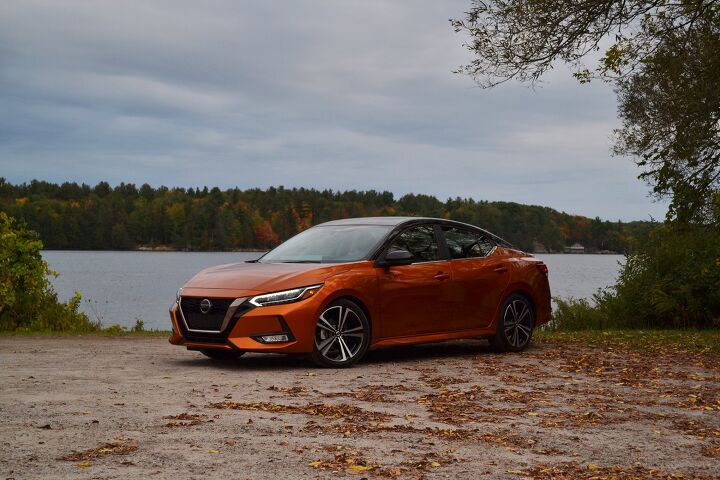
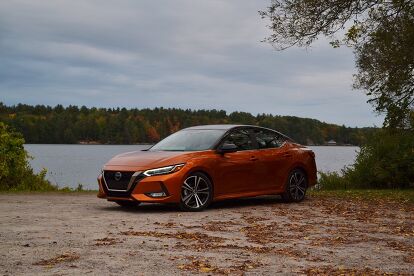


































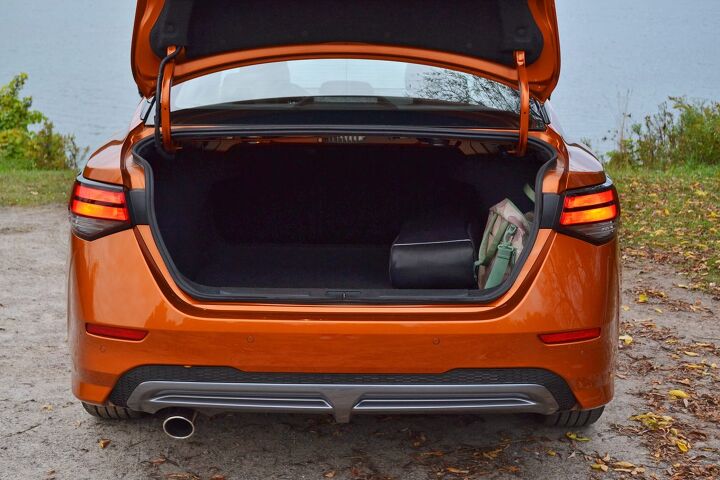














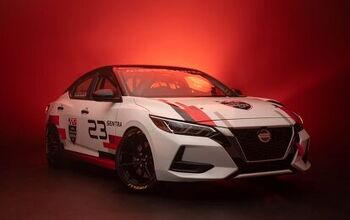


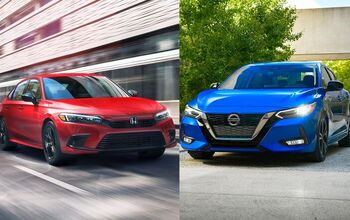


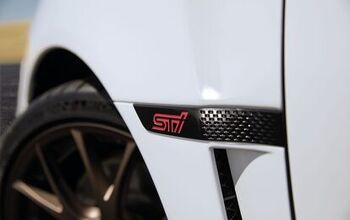


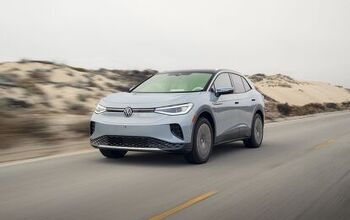


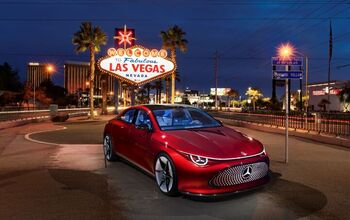
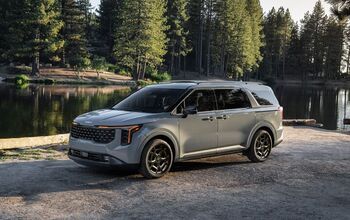

Comments
Join the conversation